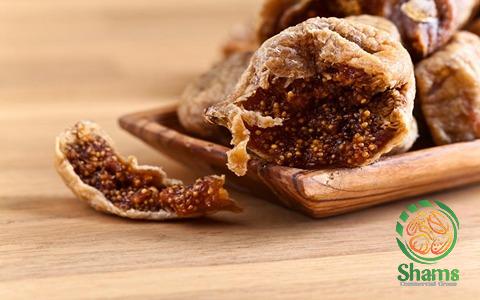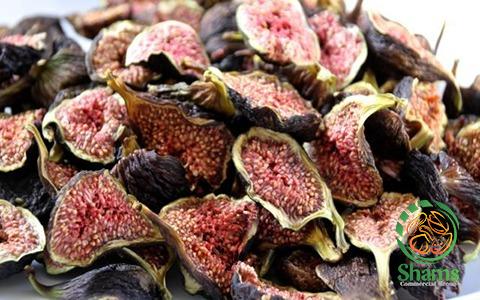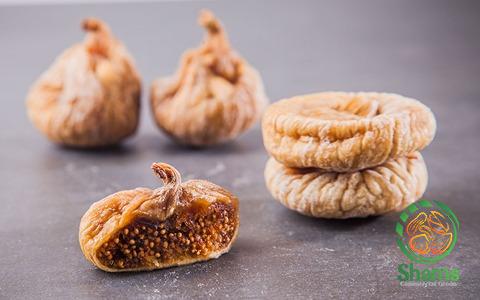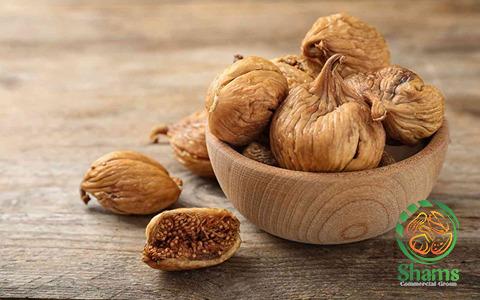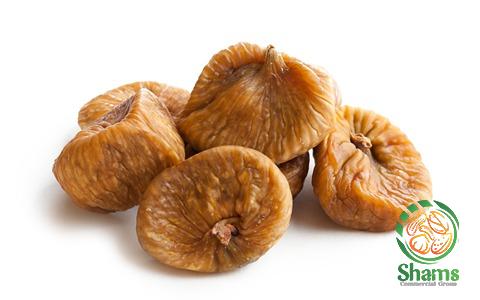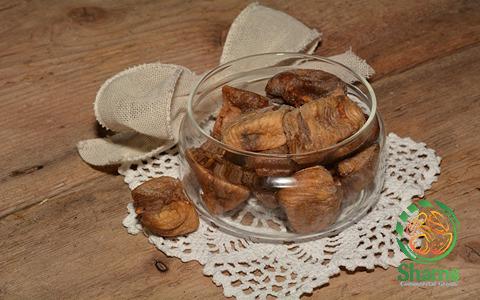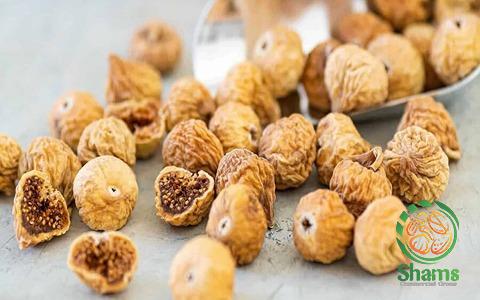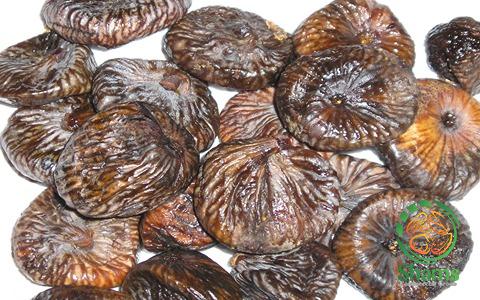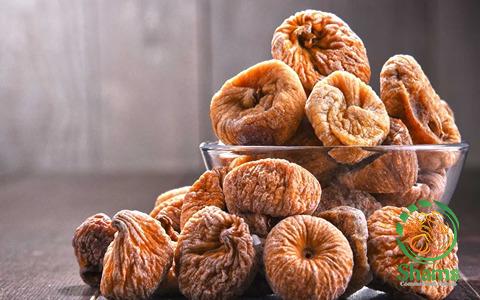Golden raisins vs regular raisins taste
Some of us choose golden raisins over regular raisins, because of their tastes
Others among us feel they should never be included in any cuisine, especially cookies where they may be mistaken for chocolate chips
We could all agree on one thing, though: golden raisins are far better than their dark, shriveled brethren
They have better taste
Their taste is fruitier
Golden raisins are plump and velvety and have a more complex flavor than typical brown raisins, which can be dry, gritty, and excessively sweet
We required a justification for why
As reporters, our first and most important discovery was that, contrary to what we previously believed, golden raisins and normal raisins are manufactured from the same variety of grape
The most popular grape type in California is the green Thompson Seedless grape, which is also used to produce both golden and brown raisins

Golden raisins are naturally dark brown, while regular raisins keep their dark brown color after drying
In On Food and Cooking, Harold McGee writes that raisins prepared in the United States are routinely sun-dried for three weeks, resulting in browning, by spreading them out on paper
According to McGee, rising temperatures speed up the browning reaction
Golden raisins are dried in industrial-sized dehydrators at particular temperatures and humidity levels, as opposed to being sun-dried like conventional brown raisins
To increase the shelf life of golden raisins, sulfur dioxide, a potent antioxidant widely used to preserve dried fruit and white wine, has been added
And this is where Harold McGee and I appear to agree: “The outcome is a fruitier, lighter taste
” The increased plumpness and juiciness of the golden raisins are probably the product of meticulous humidity and temperature control
Golden raisins have greater quantities of flavonoids than regular raisins do
Flavonoids are phytonutrients that are present in plants and give them their color and have antioxidant properties
Golden and regular raisins, however, are essentially equal, and both make excellent healthful snacks, just like they did when you brought them in your lunch all those years ago
Their only difference is color
You are, nevertheless, forced to utilize raisins in your cookery (as opposed to baking or nibbling)
There is no competition
We highly advise just utilizing raisins that are golden in color

(And before you put them on a platter, soak them in good vinegar to make sure they’re plump and delicious
) Their plump texture and fruity, sweet-tart flavor make them a good choice for salads, grain dishes, dips, salmon, cauliflower, and other foods
These variances necessitate various drying techniques
The typical type has sun-dried brown raisins, which are free of artificial ingredients
The air drying process produces a brown tint
Golden raisins’ unique golden color is a result of sulfur dioxide, which prevents browning when dried in a dehydrator
These tend to be a little plumper and moister than regular raisins, which are frequently chewier and drier
Because raisins are such strong antioxidant sources, both regular and golden raisins are advantageous to your health
Since they have been dried, they are more nutrient-dense than grapes
At one time, grapes were all raisins
There are many different grape varieties, some of which are more suited for making wine or juice than others for eating fresh or making raisins
For manufacturing raisins, the Thompson seedless grape is frequently used
After grapes are picked, they are dried to create raisins
As a result, they get feeble and lose a lot of weight
Less than 15% of the moisture in fresh grapes may be found in dried raisins
How to Maintain Everything in Top Condition Just like wine, grapes may be preserved for a very long period by being made into raisins
Even under the greatest storage circumstances, fresh grapes only last a few days but raisins may be kept for months without going bad
Because raisins have a low moisture level, most germs and molds cannot thrive there
Comparatively, raisins have a water activity rating closer to 0
5–0
6, whereas grapes have a value exceeding 0
9
(and differs per variety and processing parameters)
Sunshine and figs– Raisins may be dried in a few weeks using solely solar power
In a few weeks, raisins that have been spread out on mats or beds will be dry enough to store and cook

But when raisins are dried, more than only moisture is lost; the fruit also experiences additional modifications
The raisins turn brown as a result of chemical reactions that are accelerated by the sun’s heat
An enzymatic browning process, similar to what happens when you chop an apple or banana, takes place in one instance
PPO is the enzyme that initiates the process (polyphenol oxidase)
Because the process is organic and not strictly controlled, the final color of raisins dried in the sun may differ greatly
Lighter-colored raisins are dried for a longer length of time and at a lower temperature
While turning grapes into raisins, manufacturing facilities may also use mechanical drying processes in addition to solar exposure
Before the drying process, the raisins receive a preliminary treatment to help the moisture from the skin evaporate
One method of treatment for this condition is a dip in an alkaline solution
After pretreatment, airflow may be used to dry raisins in tunnels
In contrast to the several weeks, it would take using conventional techniques, it is possible to completely dry these raisins in less than two days
No matter how you dry the raisins, they will eventually turn brown
The raisins are colored with sulfur dioxide to give them their distinctive golden glow (SO2)
Sulfur dioxide prevents food from browning
It is known that this completely and irreversibly inactivates the PPO enzyme, even though the exact method and response are not fully understood
Golden raisins are colored with sulfur dioxide (or sulfite), although there shouldn’t be any noticeable differences in flavor or appearance between golden and regular raisins
If they are dried in the same way, they will be quite similar

Depending on the type of grape used or the drying technique used, raisins can have a variety of textures
Golden raisins are always machine dried due to their special needs, although regular raisins are frequently merely sun-dried
Any one of these two methods will change the texture of raisins
Some of the raisins would caramelize if it got really hot, while others might grow a little plumper

